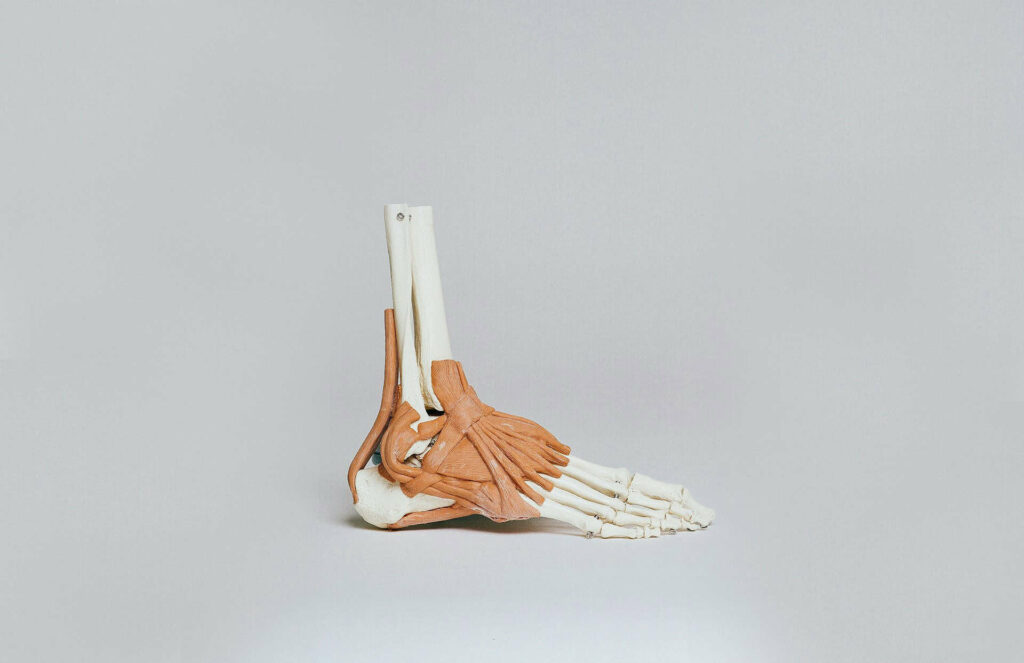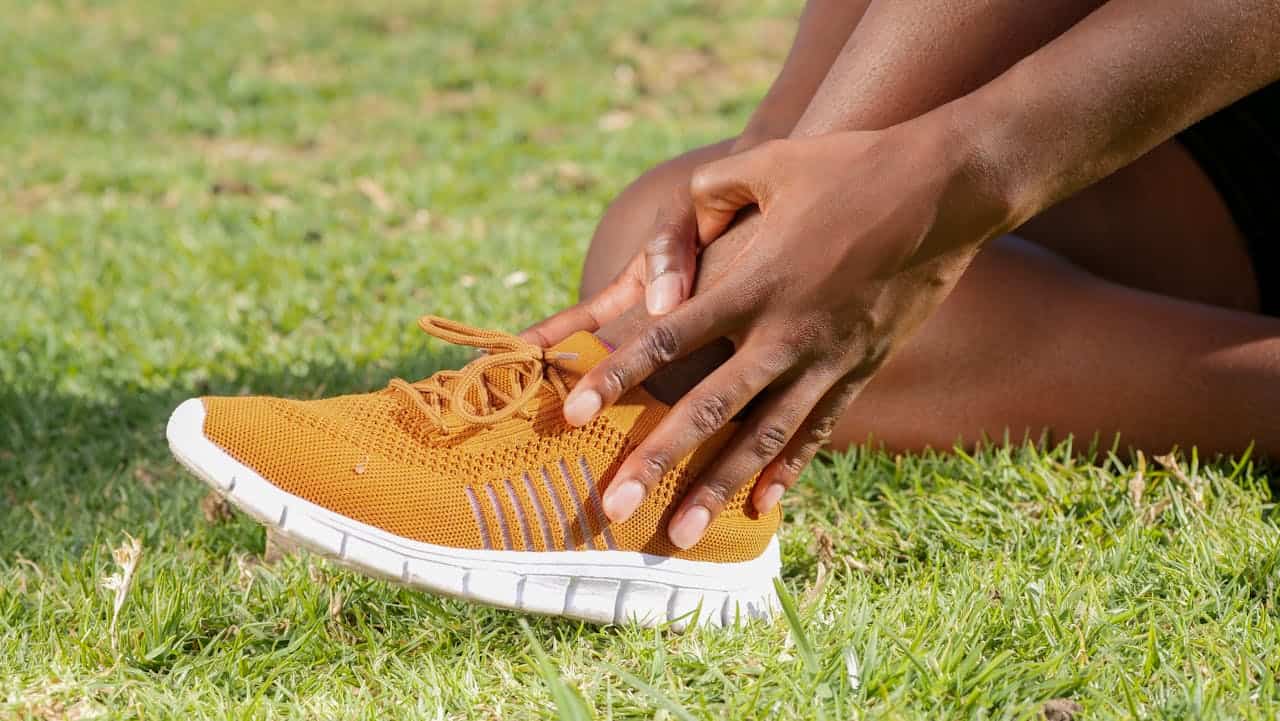Suffered a sprained ankle? Don’t let it keep you down! In this guide, you’ll discover the best exercises to get you back on your feet.
From initial recovery steps to strengthening your ankle and preventing future injuries, we’ve got you covered. Don’t let swelling and limited mobility intimidate you. Take control of your rehabilitation and bounce back stronger than before.
Start your journey to recovery now!
Key Takeaways
- Start with gentle range-of-motion exercises and avoid movements that cause pain.
- Incorporate restorative mobility movements like ankle circles and calf stretches.
- Use the R.I.C.E. method (Rest, Ice, Compression, Elevation) to reduce swelling.
- Gradually strengthen the ankle through exercises and balance training.
Steps to Early Recovery of Sprained Ankle
You’ll want to start your early recovery phase with gentle range-of-motion exercises for your sprained ankle. Carefully move your foot up, down, and sideways, but avoid any movements that cause pain. These exercises will enhance circulation and help reduce swelling.
Next, you’ll progress to strengthening exercises. Try resistance bands to build strength in the muscles around your ankle. Start with light resistance, then gradually increase as your strength improves.
Finally, don’t neglect balance and control exercises. Stand on your injured foot and maintain balance for as long as possible. This will help you regain your ankle stability.
Remember, it’s vital not to rush this process. Listen to your body and stop if you feel any pain or discomfort. Patience and persistence are key in your recovery journey.

Restorative Mobility Movements
It’s essential to incorporate restorative mobility movements into your recovery routine to regain full function and prevent future injury. These exercises are designed to slowly increase your ankle’s range of motion, consequently reducing stiffness and promoting healing.
Start with ankle circles. While seated, extend your leg and gently rotate your foot in a circular motion. Remember, slow and steady wins the race.
Next, move on to calf stretches. This can be done by standing arm’s length from a wall and pressing your hands against it, while your injured foot is slightly behind your other foot. Gently bend your front knee until you feel a stretch in your back leg.
Rehabilitative exercises may seem simple, but their impact can be profound. Stick to them, and you’ll be on your way to a full recovery.
Reducing Swelling Techniques
After tackling your mobility movements, let’s shift focus to techniques for reducing swelling in your injured ankle.
Swelling is your body’s reaction to injury, but it can cause discomfort and slow healing. Here’s how you can help manage it.
First, use the R.I.C.E. method: Rest, Ice, Compression, Elevation. Rest your ankle as much as possible. Apply ice for 15-20 minutes every 2-3 hours to reduce inflammation. Wrap your ankle with an elastic bandage to provide support and limit swelling. Elevate your ankle above your heart level when you’re sitting or lying down.
Next, consider over-the-counter anti-inflammatory medicines. But remember, always consult your doctor before starting any new medication.
These strategies can expedite your recovery and get you back on your feet quicker.

Strengthening Your Ankle
Once your swelling has diminished, starting a strength training routine for your ankle will be beneficial. Begin with simple exercises such as ankle circles and flexes. For ankle circles, sit comfortably, extend your leg, and rotate your foot in a circular motion. Try to do it for about ten times in each direction.
For flexes, sit straight with your leg extended and gently flex your foot up and down. Gradually, you can add resistance to these exercises using a band.
As you gain strength, move on to balance exercises like standing on one foot or using a balance board. Always remember, slow and steady is the key. Don’t push yourself too hard as it might lead to further injury.
Consult with your physiotherapist for personalized guidance.
Preventing Future Injuries
Preventing future injuries is just as important as recovering from a current one. To avoid another sprained ankle, it’s crucial to keep it strong and flexible. Regularly performing your rehab exercises even after you’ve healed will help.
Also, be mindful of your footwear. Choose shoes that give good ankle support and have non-slip soles. Pay attention to your surroundings, too. Avoid uneven surfaces or areas with potential trip hazards.
Finally, don’t ignore pain. If your ankle starts to hurt, stop whatever you’re doing and rest. This might be a sign you’re pushing yourself too hard. Remember, it’s better to be safe than sorry.
By taking these steps, you can reduce your risk of future ankle sprains.

You’ve got this!
Stick to your rehab exercises like restorative mobility movements and strength training.
Use techniques to reduce swelling and prevent future injuries.
It’s a process, but with consistency, you’ll see improvement.
Remember, taking care of your sprained ankle now will save you from pain and complications later.
Keep up the good work, and you’ll be back on your feet in no time!











